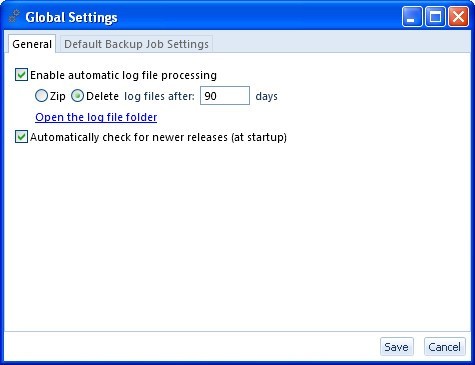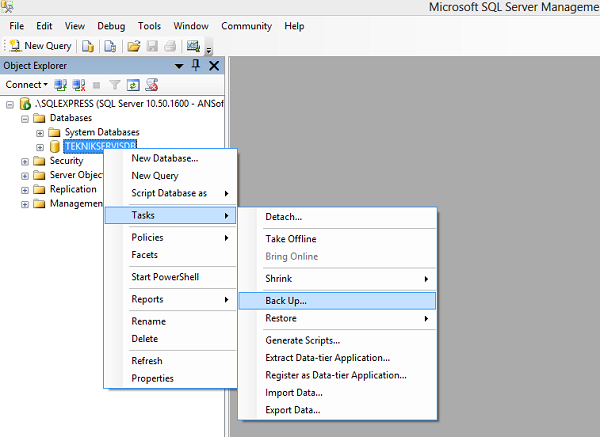

You should consider complimentary backup solutions that backup/snapshot the entire server (or VM) for SQL Server, but sometimes these technologies are limited or have too much of an impact on the server. Not hardware failure but ransomware (crypto-locking file) attacks have been the cause. Recently, by far the most frequent and common disaster recovery scenario for my clients has been the need for a complete, bare-metal rebuild or restore of the master database.

Disregard this step if doing a new web application install.

To ensure the System Frontier web application is communicating with the new database server, navigate to the web install folder and edit the Web.config file.On the new SQL server, re-encrypt the master key with your new password, by running the following T-SQL statements:ĭECRYPTION BY PASSWORD = 'your_new_password'.Restore the database to the new server.While the old database is still online, open SQL Server Management Studio on the old server and run the following T-SQL statement, where your_new_password is a password that meets industry best practice complexity requirements:ĪDD ENCRYPTION BY PASSWORD = 'your_new_password'.If the source database is still online, use Method 1, otherwise use Method 2. Follow these steps to migrate or restore the System Frontier database to a new SQL server.


 0 kommentar(er)
0 kommentar(er)
